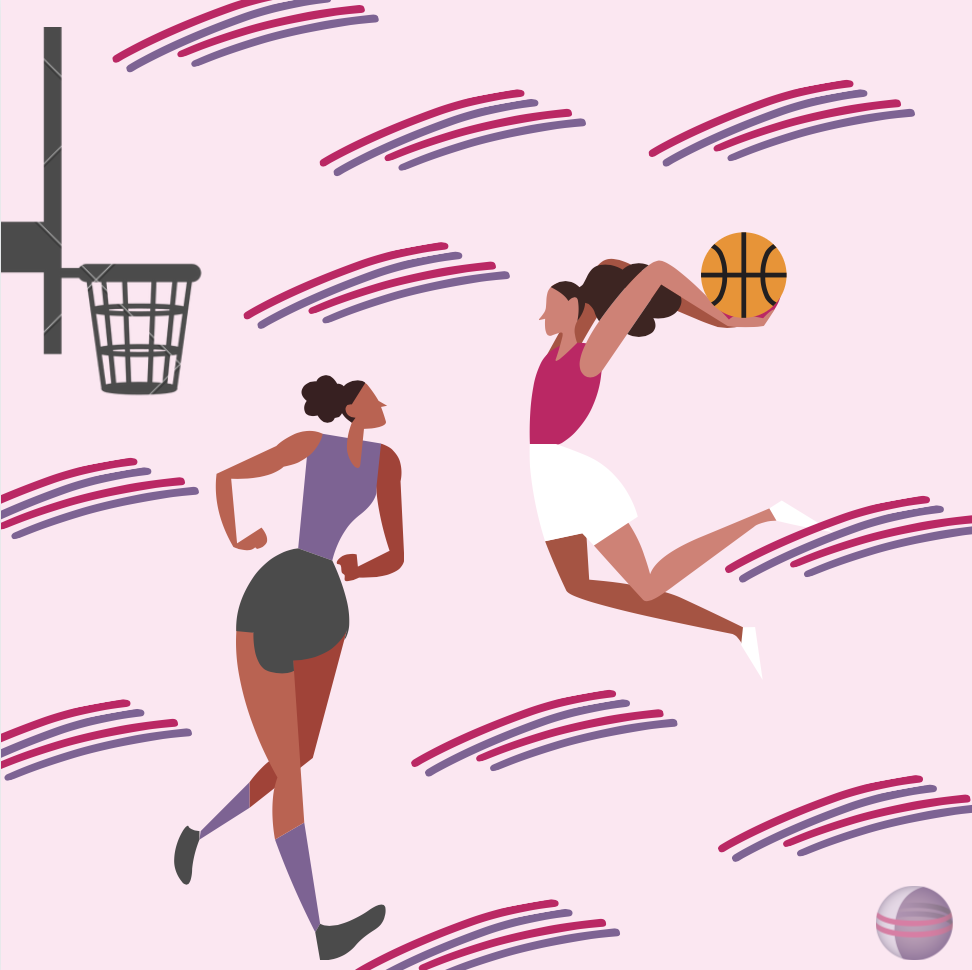Basketball is not just basketball–it’s “women’s basketball.” Soccer is not just soccer–it’s “women’s soccer.” It’s already frustrating enough that women’s sports come with a modifier, but this modifier carries a lot of power when determining athlete salaries. The Women’s National Soccer Team (USWNT) and the Women’s National Basketball Association (WNBA) have had the most success garnering attention for pay inequalities in the sports world. The USWNT notably got its pay equity lawsuit classified as a class action lawsuit, all while winning yet another World Title, and the WNBA is not only breaking boundaries in the fight for gender equality, but also leads all leagues in racial and gender hiring practices.
In recent actions, WNBA players have been demanding better pay and conditions from the league. In January the WNBA and WNBPA announced a new collective bargaining agreement (CBA) to much excitement. The press claimed it was a landmark day in the WNBA–and for good reason–but what exactly are the reasons for excitement and what precedents does it set for other women’s sports in the U.S.?
Firstly, the CBA adjusts the minimum and maximum salaries for players. On average, player salaries increased nearly 82%. The CBA also increases the cut of revenue that players receive, although not as much as had been hoped for: it was released that the league and its players would now split revenue 50/50, as is in the NBA, but the final agreement settled on players receiving 25% of revenue while the other 25% goes towards marketing and promotional agreements. A 5% bump is a significant increase, but is only the first step in the path to equity between the WNBA and NBA.
The most important part of the CBA is the establishment of pregnancy benefits. Women in the workforce have continually been robbed because of pregnancy, and women athletes are no different: pregnancy impacts endorsements, contracts, and playing time. WNBA star Skylar Diggins admitted to playing the entire 2018 season secretly pregnant, and the fact that players even feel the need to keep pregnancies a secret because they know that they will be treated differently and jeopardize their income is a blatant sign of discrimination. Male athletes don’t have the same fears of starting a family: if anything, the “family man” is appealing to big endorsers like Nike and Adidas because there is less risk of the player having “bad behavior” that could tarnish the brand’s name.
The league and endorsing companies are more concerned about the image of women athletes (and the sexualization of women athletes is a whole different issue), their bodies, and their ability to recover and play at the same level afterwards. The same life events that make men more appealing make women less appealing to athletic establishment: this double standard is the cherry on top of the sexist sports world sundae.
The WNBA’s new CBA guarantees 100% base salary, compared to the previous 50%, for pregnancy leave, and includes reimbursement for childcare and improved conditions for nursing mothers. This agreement is a victory for WNBA players and women athletes across the sports world. The WNBA has shown that it is investing in women and the league’s willingness to bet on the success of its athletes can encourage other leagues to do the same.
While men are the dominating force in sports (and male viewers always have the most to say about women’s sports), there is also outspoken support for and increasing attendance at WNBA games from many NBA players. If the best men’s basketball players can attest to the worthiness and talent of the women players, it is hard to understand how so many still question the necessity of equitable pay. In the wise words of NBA player Isaiah Thomas, “If you don’t respect WNBA players, you’re a joke. You’re a joke, man.”


1 comment